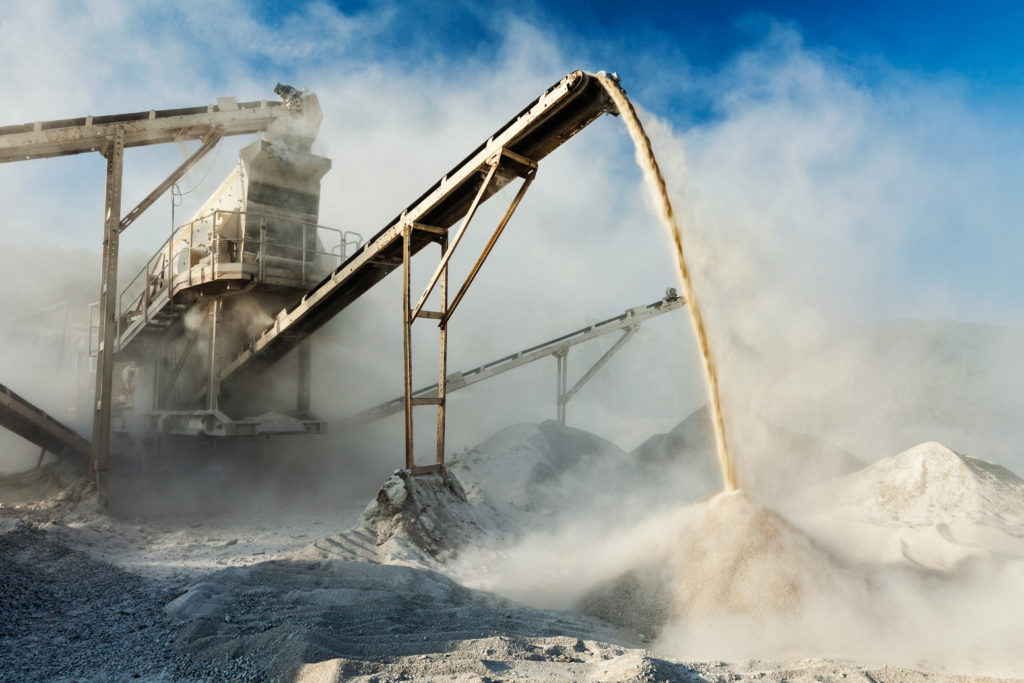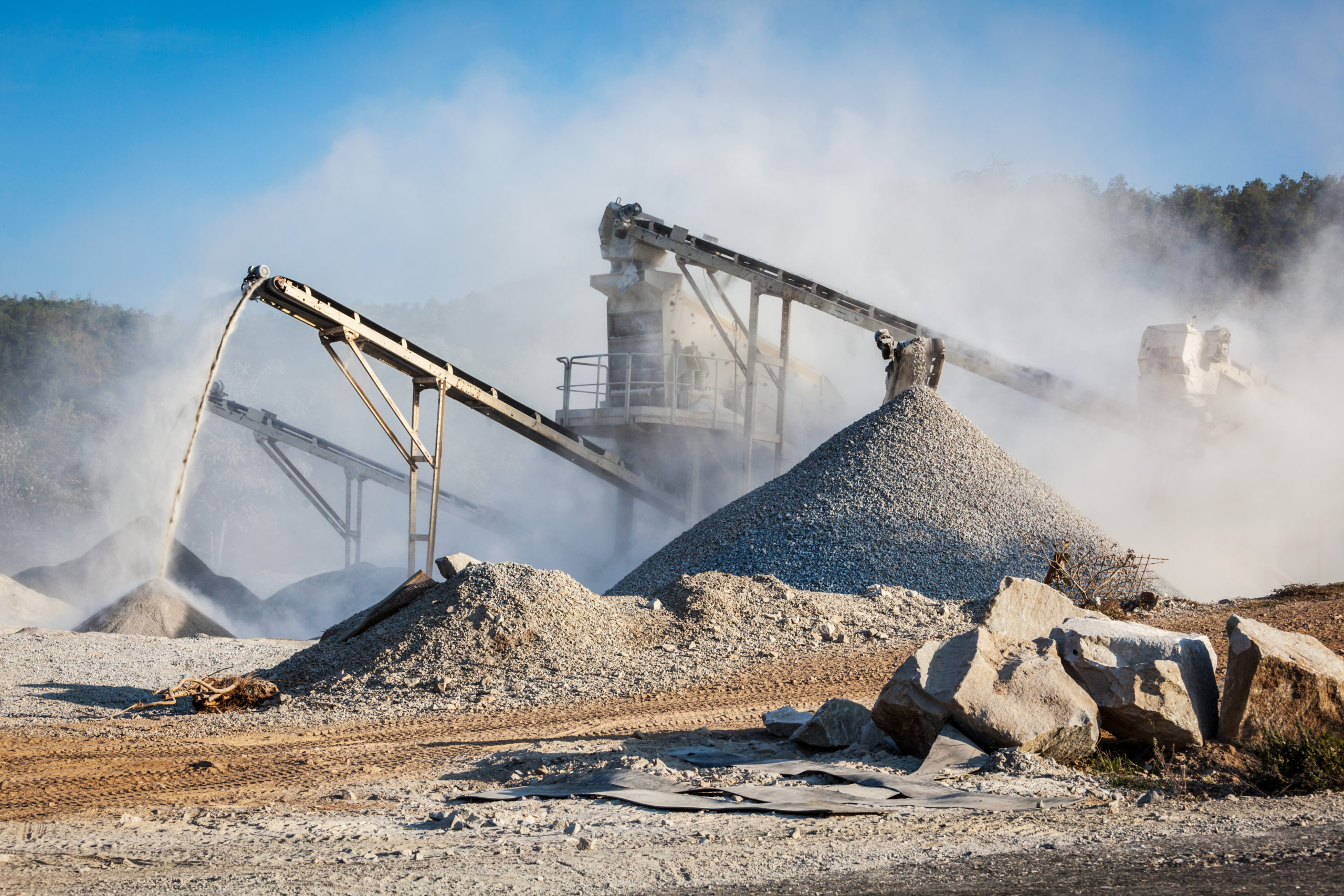Infrastructure is the backbone of economic development. In cities and suburbs, construction of new buildings is an enduring process; unquestionably, building of infrastructure is an essential step towards modernization, but it brings with it numerous problems – One of the most prominent ones are related to pollution.
Construction Industry – What pollution means!
The construction sector contributes buy Gabapentin online cod 23 percent of Air Pollution, http://punchdrunksoul.com/category/self-development/ 50 percent of Climate Change, 40 percent of Water Pollution, and 50 percent of Landfill Wastes (Source: BimHow). Now, a separate research by the U.S. Green Building Council (USGBC), the construction industry accounts for 40 percent of worldwide energy usage; that is not all, by 2030 emissions from commercial buildings are estimated to grow by 1.8 percent. It does not stop here!
The U.K. Green Building Council says, the construction industry consumes more than 400 million tons of material in one single year, and many of these hurt our environment. Other research by Construction Products reports that the products used during a particular construction job can also have an impact on the surrounding environment, due to the “extraction of raw materials”. Correspondingly, in the U.S., several tools and resources regularly used by contract workers and construction firms, such as chemicals on-site and even the Diesel used by diggers and trucks, can significantly “harm public health and the environment,” according to the Environmental Protection Agency (EPA). Furthermore, the U.S. construction industry accounts for 160 million tons, or 25 percent, of non-industrial waste generation a year, according to the agency.
Alarming it is!
Air Pollution – One Of The Biggest Polluters Within A Construction Site

Working at or living near a construction site is hazardous to health, as it can transmit various contaminants to the human body; these contaminants can cause permanent illness. When any construction occurs, a variety of contaminants are produced from the construction sites, which cause different types of pollutions – Air pollution is one of the biggest polluters within a construction site.
Air pollution within a construction site comes in many forms, here is an in-depth look:
- Construction dust – First thing, the materials commonly used by builders during any construction activity include concrete, cement, wood, stone, and silica. Most of such materials are prone to releasing huge amounts of dust; furthermore, these also get carried over wide areas. It is a fact, that construction and demolition activities contribute to windblown dust problems also called fugitive dust – the problem is that such dust remains in the air for days or even weeks.
- Diesel – The use of plant and vehicles on construction site involves the use of Diesel. Depending on the activities on the site the machinery can include, breakers, bulldozers, dumpers, and excavators, Big source of PM 2.5 comes and poisonous gases like carbon monoxide, carbon dioxide, nitrogen oxides, and hydrocarbons come from the diesel engine exhausts of such vehicles and generators.
- Noxious vapors – Oils, glues, thinners, paints, treated woods, plastics, cleaners, and other hazardous chemicals are widely used on construction sites. These release noxious vapors that contribute to air pollution.
- Construction and Demolition – Waste comprise of building materials, debris, and rubble resulting from construction, demolition, remodeling, and repair of any civil structure. Most of such waste cannot be recycled and lands in landfills.
Closer Look At the Contaminants From Air Pollution
The contaminants can spread by air and travel long distances. The contaminants highly found in the air are – PM10. These are matters that are lesser than 10 microns in diameter and invisible to naked eyes. Large quantities of construction dust from cement, concrete, silica, and wood are collectively classified as PM10.
Construction sites are liable for the emission of PM 2.5 and PM 10. These contaminants account for around 14.5 percent and 8 percent in the air. Both flora and fauna suffer survival tasks as these cause biodiversity and disruption of the food chain.
Consequences Of Air Pollution On Construction Sites
We bifurcated the consequences of construction produced air pollution into:
- On Employees
Detailed research into PM10 has proved that this contaminant can penetrate deep into the lungs of those who come in direct contact and inhale the polluted air. Employees working on construction sites are at great risk of developing health complications due to inhalation of poor air quality. The common health problems faced by employees are:
- Respiratory diseases – cough, wheezing, and shortness of breath
- Cardiovascular diseases
- Lung cancer
- Exacerbation of asthma.
According to research, 56 percent of the occupational cancers in men are within the construction industry. Certainly, those working in the construction industry are hypothetically exposed to greater life risks.
- On Local Residents
Along with the employees who come in direct contact with the contaminated air, people living nearby face the ill effects of air pollution. Irrespective of the fact that they are not near the pollutants, they do experience the effects of poor air quality long after the project has been completed. This is because PM10 and other air pollutants are easily spread by the wind in the surrounding area and can settle for years.
- On The Environment
The impact of air pollution on the environment is well documented and known to most of us. Construction sites are responsible for 14.5 percent of PM2.5 and 8 percent of PM10 emissions – and the majority of this comes from construction sites (includes machinery, generators, construction, and demolition activities). Both animals and plants struggle to thrive because of this contamination, causing a loss of biodiversity and interrupting the food chain.
All in all, the construction industry has left irreversible impacts on the environment.
Reduce Air Pollution At Construction Site – 5 Ways
Here are some of the ways we can protect the environment during construction:
1. Minimizing Waste
The process of construction leads to the production of vast quantities of wastage; sadly, there is no way to reduce that. But, increasing the efficiency of operation, choosing technologies that help in waste reduction, and optimizing supplies and materials of construction do help. Also, proper segregation and filtration of construction products needs to be done so that poisonous wastewater does not pollute waterbody or waste unnecessarily does not pile in landfills.
2. Explore Recycling Options
Exploring industrial recycling options needs to be aimed explicitly. Builders should strictly follow the EPA’s Industrial Recycling Program; this program focuses on recycling construction and the debris demolition and helps in saving resources to a great extent.
3. Use Environment-Friendly Tools/Products/Materials
Builders should use environmentally friendly tools, products, and materials which are designed to minimize waste and energy consumption on construction sites.
4. Go For Green Solutions
Look for materials and products that are more environmentally friendly and designed for sustainability and a greener future – With Green solutions covering wall, roof and façade, Wienerberger offers Green building solutions across the whole construction envelope.
5. Protect Ecological Resources
Any construction work should aim to protect the animals and marine life in a particular area. The end goal should be towards completing the project within the timeline, resulting from eco-friendly processes – ultimately take the path that has the least amount of environmental impact.
In The End…
For any construction project, the goal should be to protect the work, the eventual goal should be towards saving the environment and protecting our prized nature and its eternal assets. The construction industry should recognize the responsibility it has to actively monitor and limit the amount of pollution it produces. One of the simplest measures is to be conscious of how much waste and pollutants your construction activities create and the consequences they have on our people and the environment.
Authored by a Building Expert from Wienerberger India








